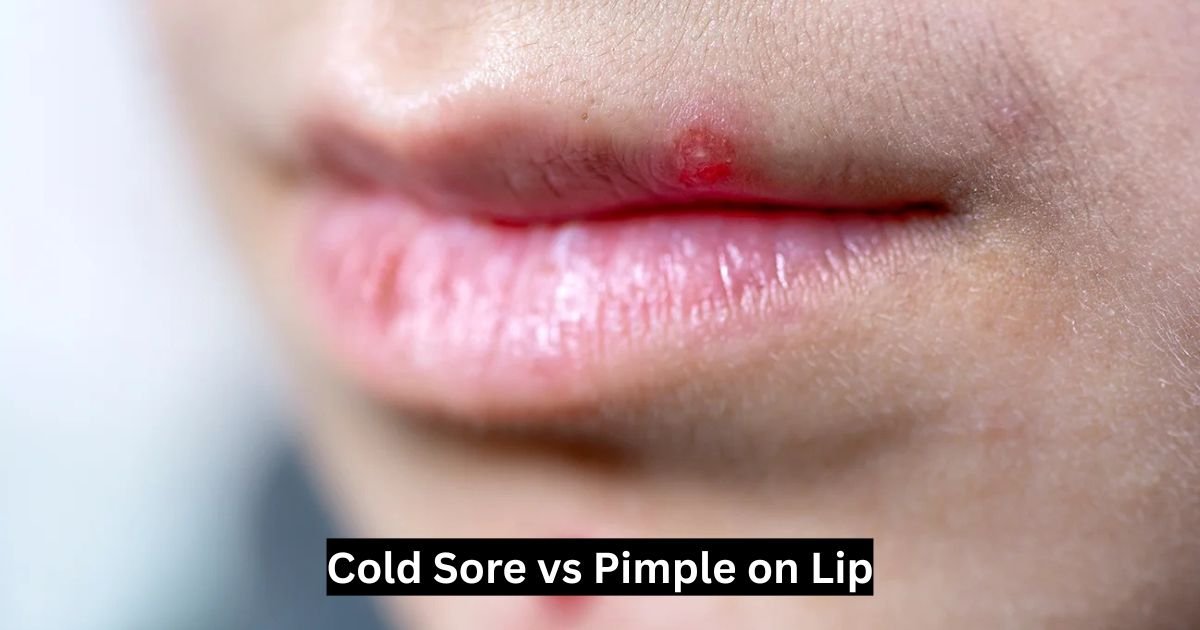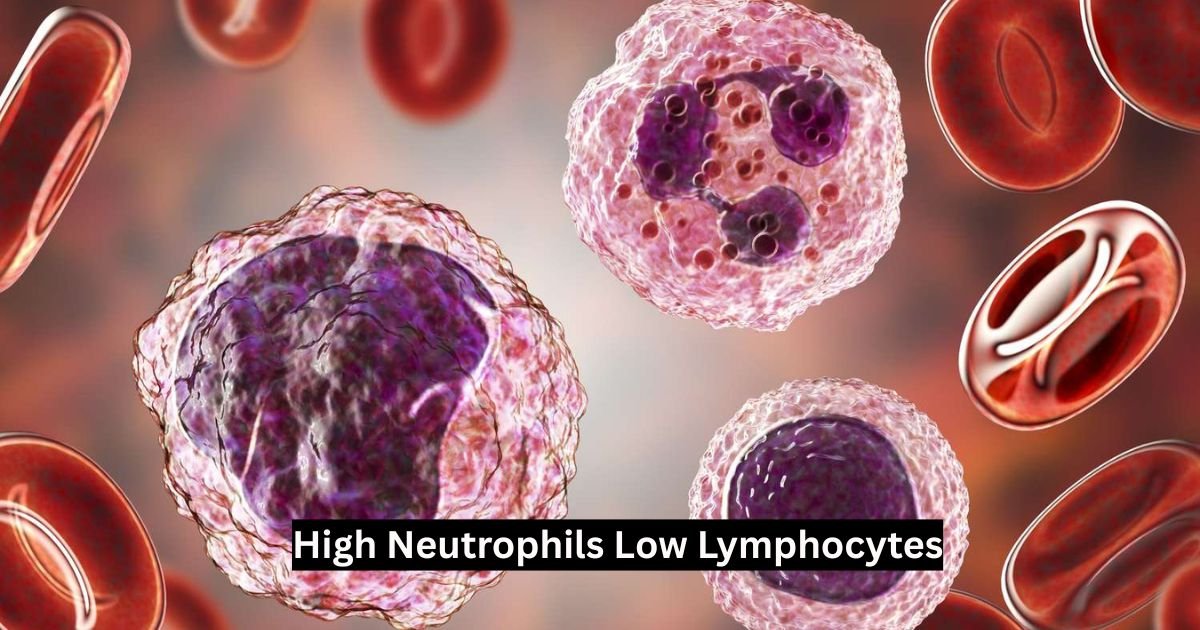You’re getting ready for a big day—a date, a presentation, or just a selfie-worthy moment—when you spot it. A bump on your lip. Is it a cold sore? A pimple? The uncertainty can drive anyone up the wall. These two skin invaders might look similar at first glance, but they’re as different as apples and oranges beneath the surface. In this comprehensive 1500-word guide, we’ll dive deep into the world of cold sores versus pimples on the lip. Expect science-backed facts, real-life stories, practical tips, and a conversational vibe that makes it easy to read. By the end, you’ll be a pro at identifying, treating, and preventing these pesky lip intruders.
What Exactly Is a Cold Sore?
Let’s start with cold sores. Also known as fever blisters, these are small, fluid-filled sores caused by the herpes simplex virus (HSV), typically HSV-1. The World Health Organization estimates that 3.7 billion people under 50—roughly two-thirds of the planet—carry this virus. That’s a staggering number, right? Once HSV-1 enters your system, it hides out in your nerve cells, popping up when it senses weakness.
Cold sores love the lip area, often appearing right on the border where lip meets skin. They can also stray to the chin, cheeks, or even inside your mouth. The journey usually begins with a telltale tingle or burn—a warning shot—before the blisters burst onto the scene. These sores then ooze, crust over, and heal in about 7-14 days if left alone.
Cold Sore Symptoms to Watch For
- Early Warning: Tingling, itching, or a burning sensation.
- Look: Red, inflamed blisters that may weep fluid before crusting.
- Feel: Painful, especially when eating or talking.
- Spread: Highly contagious via kissing, sharing drinks, or touching the sore.
What’s a Pimple on the Lip?
Now, let’s flip the script to pimples. A pimple on the lip is just a clogged pore—no virus, no drama. It happens when oil (sebum), dead skin cells, and bacteria team up to block a hair follicle. The culprit bacteria, Propionibacterium acnes, thrives in oily environments, making pimples a common acne sidekick. Unlike cold sores, pimples aren’t contagious, so you won’t pass them on during a lip-lock.
Pimples can pop up anywhere on your face, but when they hit the lip line, they’re extra annoying. Hormones, stress, or even that greasy pizza you ate last night can trigger them. They might look red and angry or sport a whitehead, but they don’t come with the viral baggage of cold sores.
Pimple Symptoms to Recognize
- Early Sign: Redness or a tender bump.
- Look: Solid bump, possibly with pus (whitehead) or a black tip (blackhead).
- Feel: Sore or swollen, but no pre-bump tingling.
- Spread: Stays put—not contagious.
Cold Sore vs Pimple: The Side-by-Side Breakdown
Confused about that lip bump? Let’s make it crystal clear with a head-to-head comparison:
| Feature | Cold Sore | Pimple |
|---|---|---|
| Cause | Herpes simplex virus (HSV-1) | Clogged pore (oil, bacteria) |
| Contagious? | Yes—very! | No way |
| First Clue | Tingling or burning | Swelling or redness |
| Appearance | Blisters that crust over | Solid bump or pus-filled |
| Healing Time | 7-14 days | 3-7 days |
| Pain Level | Often intense | Mild to moderate |
A Tale of Two Bumps
Meet Jake, a 32-year-old from Seattle. After a sunny hike, he felt a tingle on his lip. Thinking it was a pimple from sweat, he dabbed on some acne gel. Big mistake. The next day, blisters formed—it was a cold sore, triggered by UV rays. Then there’s Maria, a stressed-out college student. She noticed a red bump near her lip during finals week. No tingle, just tenderness. A quick cleanse and some benzoyl peroxide cleared it up—it was a classic pimple. Knowing the signs could’ve saved Jake some grief!
Why Do These Bumps Target Your Lips?
What Triggers Cold Sores?
Cold sores strike when HSV-1 senses an opportunity. Common culprits include:
- Stress: That looming deadline or family drama.
- Sun Exposure: Too much UV without lip protection.
- Illness: A cold or flu weakens your defenses.
- Hormones: Menstruation or pregnancy shakes things up.
The virus is sneaky—it lives in your nerves forever, waiting for these triggers to flare.
What Sparks Pimples on the Lip?
Pimples don’t need a virus; they thrive on everyday skin chaos:
- Hormonal Surges: Puberty, periods, or birth control changes.
- Greasy Products: Heavy lip balms or makeup that clog pores.
- Diet: Dairy and sugary foods can crank up oil production.
- Dirty Hands: Touching your face transfers bacteria.
How Do You Treat a Cold Sore on the Lip?
Cold sores won’t vanish overnight, but you can tame them. Here’s your toolkit:
- Antivirals: Prescription meds like valacyclovir or OTC options like Abreva cut healing time if used at the first tingle.
- Pain Busters: Ibuprofen or acetaminophen dull the ache.
- Natural Fixes: Ice numbs swelling; aloe vera soothes redness.
- Lip Shield: SPF lip balm blocks sun-triggered outbreaks.
Quick Tip: Stock up on antiviral cream—early action is key.
How Long Does a Cold Sore Last?
Without treatment, expect 10-14 days. With antivirals, you might shave it down to 5-7 days.
How Do You Treat a Pimple on the Lip?
Pimples are simpler to tackle. Here’s what works:
- Benzoyl Peroxide: Zaps bacteria and calms redness (start with 2.5% strength).
- Salicylic Acid: Breaks up clogged pores—great for whiteheads.
- Warm Compress: Softens the bump and speeds drainage.
- Hands Off: Popping spreads germs and risks scarring.
Warning: Lip skin is sensitive—skip abrasive scrubs or strong peels.
How Long Does a Pimple Last?
Most clear up in 3-7 days, though deeper ones might linger a bit longer.
Can a Cold Sore Become a Pimple—or Vice Versa?
Nope! These are separate conditions with no crossover. A cold sore’s viral roots can’t morph into a pimple’s bacterial clog, and a pimple won’t catch HSV-1. Still stumped? A doctor can swab the bump for HSV to settle the debate.
When Should You Call a Doctor?
Most lip bumps heal solo, but don’t ignore these signs:
- Cold Sore Red Flags: Persists beyond 2 weeks, spreads to eyes, or hits more than 6 times yearly.
- Pimple Alerts: Turns into a hard cyst, gets infected (think fever or red streaks), or won’t budge.
Fun Fact: Per the American Academy of Dermatology, 15% of acne cases escalate to cysts needing professional care.
How to Stop Cold Sores and Pimples Before They Start
Prevention is your superpower. Here’s how to keep your lips bump-free:
Cold Sore Defense
- Don’t share lip balm, drinks, or kisses during an outbreak.
- De-stress with meditation or a good book.
- Load up on immunity boosters—think zinc (nuts) and vitamin C (citrus).
Pimple Protection
- Wash your face twice daily with a gentle, oil-free cleanser.
- Opt for non-comedogenic lip products.
- Hands off your face—bacteria hitchhike easily.
Busting Myths About Lip Bumps
Myth 1: Cold Sores Only Hit When You’re Sick
Not true! Stress, sun, or even a minor injury can wake up HSV-1—no fever needed.
Myth 2: Pimples Mean Poor Hygiene
Wrong. Hormones and genetics often outweigh soap and water.
Myth 3: You Can Pop Either One Safely
Bad idea. Popping cold sores spreads the virus; popping pimples risks scars.
What Are People Asking? (Voice Search Gold)
- “How do I know if it’s a cold sore or pimple on my lip?”
- “What’s the fastest way to heal a cold sore?”
- “Is it safe to pop a pimple on my lip?”
- “How contagious are cold sores really?”
This guide tackles these head-on, perfect for voice search and featured snippets.
See Also: infomagazines.net
Conclusion
Cold sores and pimples on the lip might crash your party, but now you’ve got the tools to fight back. Cold sores bring viral flair with blisters and contagion, while pimples are a quieter, bacterial affair.



